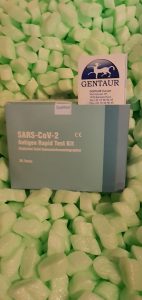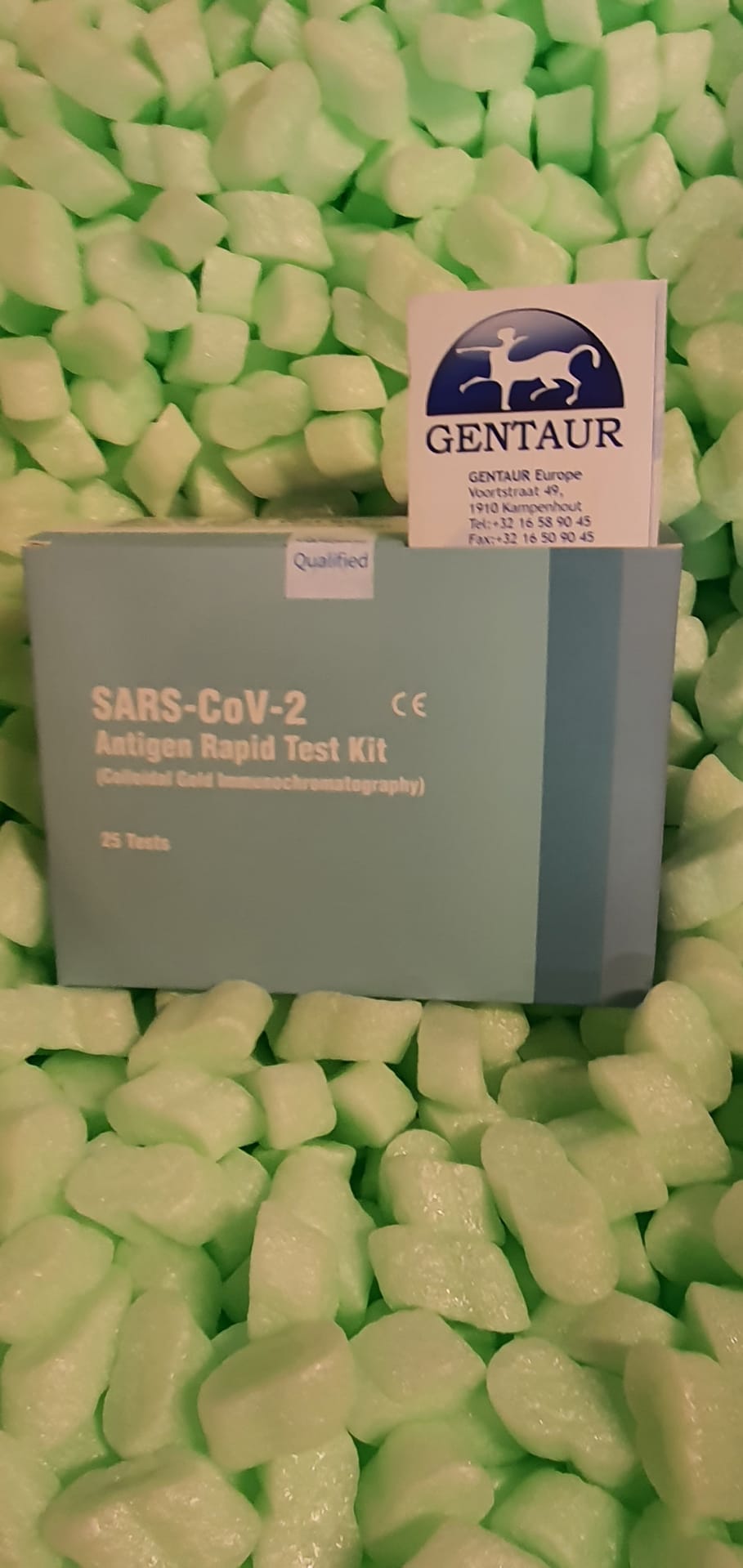Influence of Different Inactivation Methods on Severe Acute Respiratory Syndrome Coronavirus 2 RNA Copy Number
The outbreak of coronavirus illness 2019 (COVID-19) has unfold the world over and was characterised as a pandemic. To guard medical laboratory personnel from an infection, most laboratories inactivate the virus inflicting COVID-19, extreme acute respiratory syndrome coronavirus 2 (SARS-CoV-2), in scientific samples earlier than testing. Nevertheless, the impact of inactivation on the detection outcomes stays unknown.
Right here, we used a digital PCR assay to find out absolutely the SARS-CoV-2 RNA copy quantity in 63 nasopharyngeal swab samples and assess the impact of inactivation strategies on viral RNA copy quantity. Viral inactivation was carried out by three completely different strategies: (i) incubation with the TRIzol LS reagent for 10 min at room temperature,
heating in a water tub at 56°C for 30 min, and (iii) high-temperature remedy, together with autoclaving at 121°C for 20 min, boiling at 100°C for 20 min, and heating at 80°C for 20 min. In comparison with the quantity of RNA within the unique pattern, TRIzol remedy destroyed 47.54% of the nucleocapsid protein (N) gene and 39.85% of open studying body (ORF) 1ab.
For samples handled at 56°C for 30 min, the copy variety of the N gene and ORF 1ab was diminished by 48.55% and 56.40%, respectively. The viral RNA copy quantity dropped by 50 to 66% after heating at 80°C for 20 min. Practically no viral RNA was detected after autoclaving at 121°C or boiling at 100°C for 20 min. These outcomes point out that inactivation diminished the amount of detectable viral RNA and will trigger false-negative outcomes, particularly in weakly constructive instances.
Thus, use of the TRIzol reagent fairly than warmth inactivation is really useful for pattern inactivation, because the TRIzol reagent had the least impact on the RNA copy quantity among the many examined strategies. Avian hepatitis E virus (aHEV) has been related to hepatitis-splenomegaly syndrome (HSS) in chickens together with asymptomatic subclinical an infection in lots of instances. To this point, 4 genotypes have been described, which trigger an infection in chickens, particularly in broiler breeders and layer chickens.
Within the current research, we remoted and recognized two novel aHEV strains from the bile of layer chickens in Pakistan evincing scientific signs associated to HSS.Histology of liver and spleen tissues was carried out to look at histopathological adjustments in these tissues.
Bile fluid and fecal suspensions had been used for viral RNA isolation by way of MegNA pure and Trizol technique which was additional used for viral genome detection and characterization by cDNA synthesis and amplification of partial open studying body (ORF) 1, ORF2 and full ORF3. The bioinformatics instruments.
Manufacturing of high-quality two-dimensional gel electrophoresis profile for marine medaka samples through the use of Trizol-based protein extraction approaches.
Marine medaka is among the many hottest fashions of fish species for ecotoxicology and environmental analysis and proteomic research are helpful instruments for understanding the molecular responses of medaka upon publicity to completely different environmental stressors. The preparation of high-quality protein samples is the important thing to producing high-quality two-dimensional gel electrophoresis (2-DE) outcomes for proteomic evaluation.
Lately, Trizol-based protein extraction has been gaining recognition due to its promising efficiency in producing high-quality 2-DE in addition to the comfort of the strategy.Three Trizol-based approaches (Trizol technique, Aliquot Trizol technique and Trizol technique with a industrial clean-up equipment) had been used to extract proteins from a marine medaka pattern and 2-DE profiles had been produced. High quality of the 2-DE profiles and effectiveness of the extraction strategies had been evaluated.
For comparability, two frequent protein extraction strategies (lysis buffer technique and trichloroacetic acid (TCA)/acetone precipitation extraction) had been additionally utilized in parallel to Trizol-based approaches.Any of the three Trizol-based approaches produced a high-quality 2-DE profile of marine medaka in contrast with each lysis buffer technique and TCA/acetone precipitation extraction.
As well as, Trizol technique with a industrial clean-up equipment produced one of the best 2-DE profile when it comes to background readability, variety of spots and determination of proteins.Trizol-based approaches supplied higher decisions than conventional protein extraction strategies for 2-DE evaluation of marine medaka. The modified model of Trizol technique with a industrial clean-up equipment was proven to provide one of the best 2-DE profile.

Expression and localization of Septin 14 gene and protein in infertile males testis.
An rising physique of knowledge implicates the Septin household within the pathology of a number of illnesses, together with male fertility. The target of this research was to guage the gene and protein expression sample of Septin 14 within the testis tissue of azoospermic males. As well as, Septin 14 localization was additionally assessed within the sperm.
Testicular tissues had been obtained from biopsies of non-obstrutive azoospermic males who underwent diagnostic testicular biopsy in Royan institute and had been divided into two teams: TESE + with constructive end in testicular sperm extraction (with hypospermatogenesis pathology) and TESE- with unfavourable end result (included sufferers with Sertoli cell solely syndrome and maturation arrest pathologies). Complete RNA and protein was extracted utilizing trizol reagent.
Septin 14 gene and protein expression degree had been assessed by real-time reverse transcription polymerase chain response (RT-PCR) and Western blot strategies, respectively. The localization of Septin 14 protein was additionally studied by Immunocytochemistry. The expression of Septin 14 was considerably decrease (p < 0. 05) in TESE- group than TESE + in each mRNA and protein ranges. The localization of Septin 14 protein was detected within the head to tail of regular sperms with excessive localization in entrance of the acrosome and the neck.
It is a novel localization report on Septin 14 in sperm. Relating to the presence of this protein within the sperm acrosome and neck, it may be concluded that lowering of Septin 14 protein expression could also be related to the pathogenesis of male infertility and due to this fact Septin 14 expression degree perhaps essential for human spermatogenesis.

